Honeysuckle is a beautiful and fragrant flower that can add a touch of charm to any garden or landscape. With its sweet aroma and delicate petals, it is no wonder that honeysuckle has been used in perfumes and home fragrances for centuries.
Honeysuckle (Lonicera caprifolium) is a shrub that grows in temperate and subtropical regions worldwide. It is a popular ornamental plant because its fragrant flowers are often used in perfume. Gardening is a great way to get your hands dirty and learn about different plants and their properties. It can also be a fun activity to do with your friends or family.
Transplanting Honeysuckle is a process by which the plant roots place in the soil. It is an ideal way of increasing the number of plants in the garden. The reward you get from growing honeysuckle trees is immense and unlimited. With honeysuckle plants, the sky is the limit for decoration. So, without further ado, let’s delve into transplanting Honeysuckle plants.
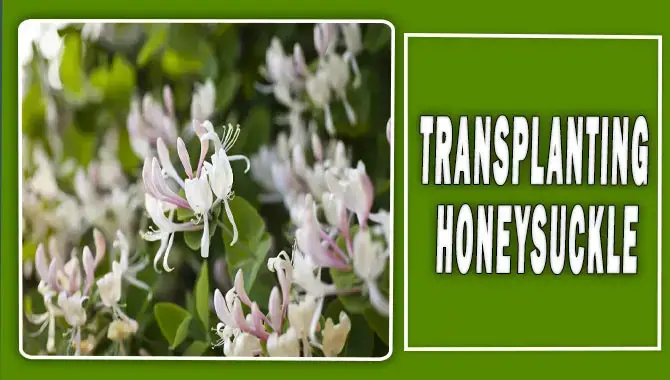
6 Simple Tips To Transplant Honeysuckle
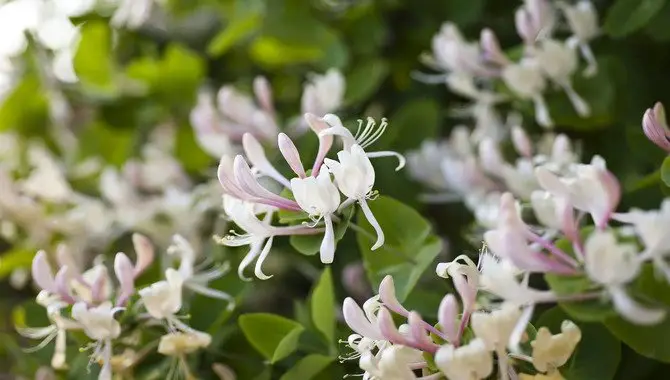
If you’re looking to transplant Honeysuckle, there are a few things to remember. First, ensure the soil surrounding the Honeysuckle is loose and well-drained. Secondly, there is no need to water the Honeysuckle heavily during the transplant process – give it a light watering every day or so.
And finally, be sure to protect the new honeysuckle plant from frost. Once you’ve transplanted the Honeysuckle, fertilize it and water it regularly. Here are 6 simple tips to transplant honeysuckle.
1. Harvesting The Honeysuckle
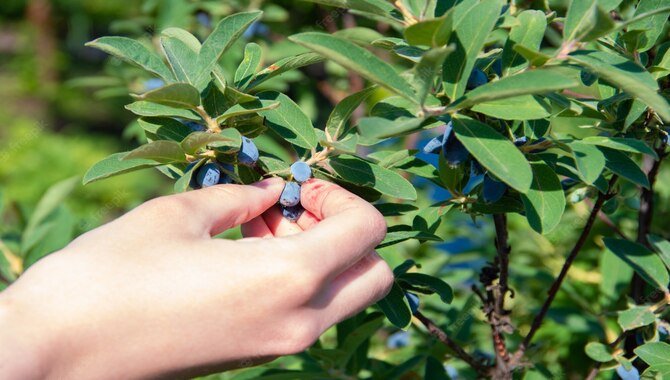
Transplanting honeysuckle can be tricky, but with these simple tips, you’ll be able to do it easily. The first step is to harvest the honeysuckle carefully. Choose a healthy plant and dig around the base to get as much of the root system as possible. Once you have successfully uprooted the plant, keeping the roots moist and in the shade until they are replanted is important.
Before transplanting, choose a well-drained location with plenty of sunlight and fertile soil. Dig a hole that is slightly larger than the root ball and gently place the plant in the hole, ensuring that it is level with the surrounding soil.
Water your newly transplanted honeysuckle thoroughly and regularly for the next few weeks until it becomes established in its new location. With these tips, you can enjoy beautiful honeysuckle blooms in your garden for years to come.
2. Pre-Planting Preparations
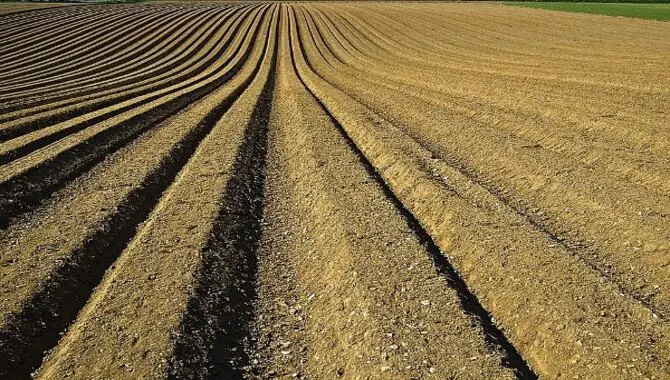
Transplanting honeysuckle can be a simple and rewarding process. Before you start, it’s important to do some pre-planting preparations to ensure the best possible outcome. Choose a location that receives partial shade, as honeysuckle prefers cooler conditions. Then, prepare the soil by removing any weeds or debris and adding organic matter like compost or peat moss to improve drainage and fertility.
You should water the honeysuckle thoroughly before transplanting to help reduce stress on the plant. Prune any damaged or diseased roots or stems to promote healthy growth. Dig a hole slightly larger than the plant’s root ball and gently place the honeysuckle into the hole, ensuring it is level with the surrounding ground.
Finally, backfill the hole with soil, tamp down firmly but gently around the base of the plant, and water thoroughly. Following these simple tips can help ensure a successful transplant and thriving honeysuckle plant in your garden.
3. Choose A Transplanting Time
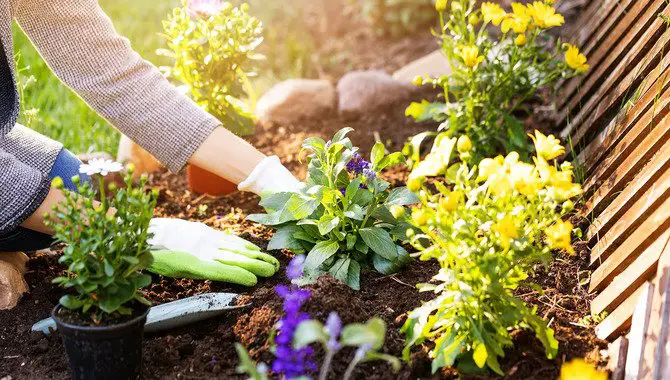
Honeysuckle transplanting is necessary for gardeners who wish to maintain the beauty of their outdoor spaces year-round. To successfully transplant Honeysuckle, choosing a time convenient for you and your plants is important.
After removing the old leaves and flowers from the honeysuckle plants, transplant them into the new location. Make sure to water the plants well after transplanting. These simple steps will help ensure your new honeysuckle plants thrive in their new location. Repotting honeysuckle transplants every three to four months will help them stay healthy and growing.
When transplanting Honeysuckle, it’s best to work slowly and carefully to prevent plant tissue and root damage. Additionally, wear protective clothing such as gloves and a protective hat when transplanting the plants. Long-term success with transplanting Honeysuckle depends on caring for the new plantings, so patience and dedication are key to success.
4. Get The Right Plant

To transplant honeysuckle, you’ll need to get the right plant. Honeysuckle plants are typically found in cool climates, so if you are located in a warmer area, you may be unable to transplant them successfully. You’ll also need to ensure that the plant you choose is hardy enough to survive in your climate and has strong roots.
Once you have your plant, it’s time to prepare the ground for it. Remove any existing bushes or trees from around the honeysuckle plant, then dig a hole that’s twice as wide and deep as the root ball of the honeysuck.
5. Breaking Apart The Rootball
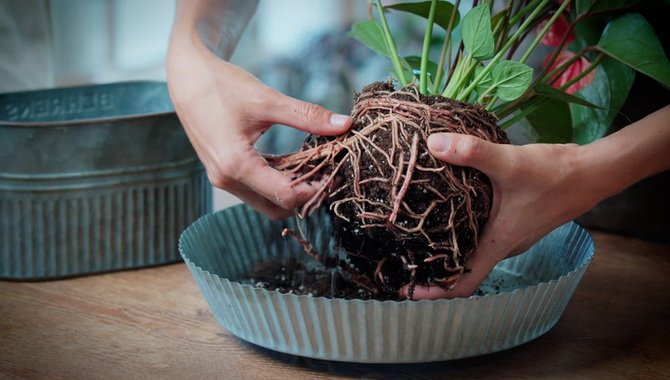
Transplanting honeysuckle can be a bit daunting, but with a few simple tips, you’ll have your plant thriving in its new home in no time. One important step is breaking apart the rootball. This can be done by gently pulling apart the roots with your hands or using a garden fork to loosen them. Be sure to remove any dead or damaged roots as well.
Breaking apart the rootball will help the plant establish itself in its new location and encourage healthy growth. It’s also important to water the plant thoroughly after transplanting and keep it well-watered for the first few weeks while it acclimates to its new environment. With these simple tips, you’ll be able to successfully transplant your honeysuckle and enjoy its fragrant blooms for years to come.
6. Fertilizing And Watering Transplant Honeysuckle
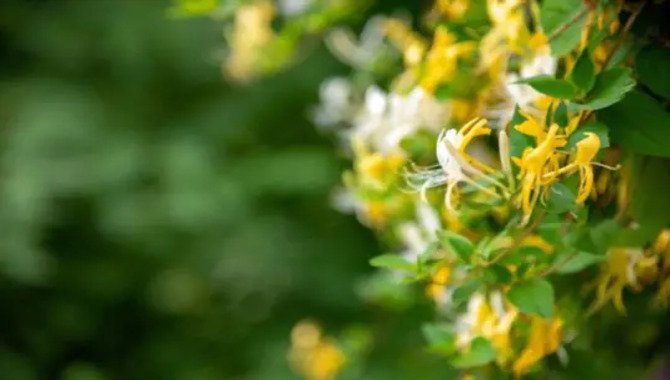
To ensure that transplant honeysuckle establishes a strong root system, it is important to fertilize and water them regularly. Fertilizing honeysuckle transplants can help them grow and develop into healthy plants. You should fertilize a honeysuckle transplant weekly or fortnightly during the first year after transplanting.
This will help the plant grow and become established. Additionally, you must water honeysuckle transplants frequently to ensure they stay green and growing. Try to water your honeysuckle transplants every week or two to help them thrive. However, water them appropriately, as this can lead to root rot. When transplanting Honeysuckle during the warm months, it is best to do so early in the morning or late in the afternoon when the sun isn’t shining directly on them.
Planting The Honeysuckle Tree
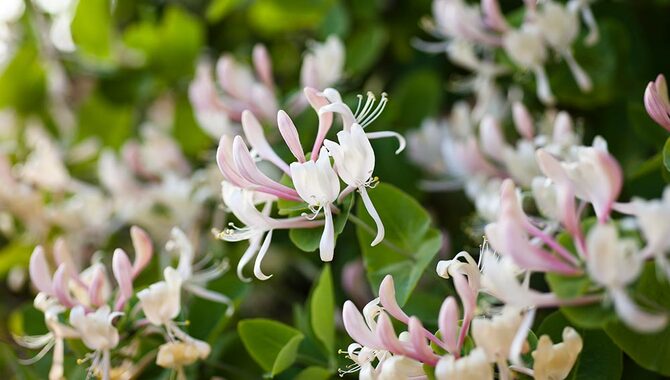
Before transplanting Honeysuckle, you must ensure the tree’s health and condition are good. You must check the tree for any signs of poor health, such as yellow leaves or dead branches. If the tree is unhealthy, replacing it with a healthier one or planting it elsewhere is best.
Next, you will need to remove the dead or diseased branches and leaves from the honeysuckle tree. You can do this by cutting them off at the base or pruning them back to a few strong ones. After that, dig a hole at least twice the diameter of the root ball and deep enough to accommodate the tree’s roots.
Lastly, when transplanting Honeysuckle, securely pack soil around the roots to ensure they are well- Supported. Also, water the tree well before placing it in a sunny spot. Finally, be patient with your new plant; it may take time to adjust and become healthy again.
Make Sure There Is Plenty Of Water Available
Before transplanting the Honeysuckle, ensure plenty of water available to help it survive. This will reduce the risk of transplanting the shrub dying after being placed in the new location. Additionally, wrap the root ball in insulation before bringing it inside to protect it from cold temperatures.
If you transplant Honeysuckle in cold weather, wrap the root ball in insulation before bringing it inside. By prioritizing hydration and ensuring plenty of water is available, you’ll be doing your body a favor and setting yourself up for success in all aspects of your life.
When Can You Transplant Honeysuckle?
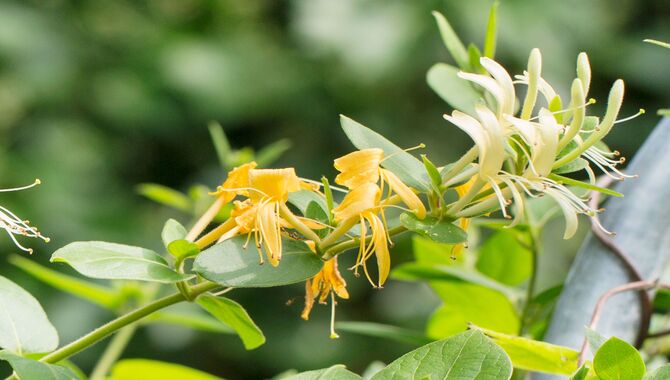
Transplanting Honeysuckle is not difficult, but it requires careful preparation and timing. Before transplanting the Honeysuckle, remove any old flowers and leaves from the plant. You should plant the new Honeysuckle in a location with full sun and plenty of moisture.
It should also harden off for at least two weeks before blooming by gradually increasing the temperatures in the area. After the Honeysuckle is ready for bloom, it should be monitored closely, and made any necessary adjustments to its watering schedule as needed.
Honeysuckle transplants are a great addition to your garden and are easy to care for. They’re not only beautiful, but they also provide gardeners with years of colorful blooms and fragrances. So consider growing some of your honeysuckles this season.
Why Transplant Honeysuckle?
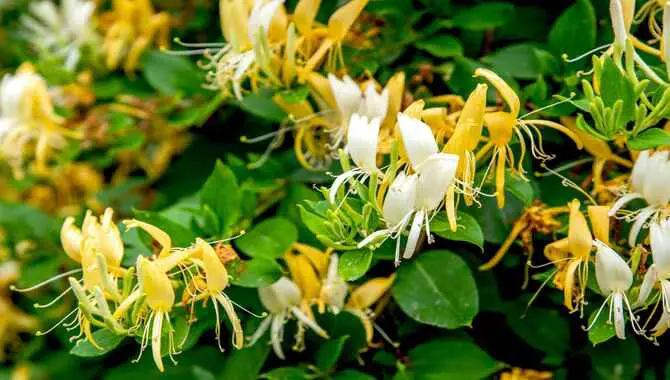
Honeysuckle is a popular ornamental plant for its showy flowers and lush green foliage. The plants are easy to care for and can survive in many climates, making them an attractive choice for gardeners of all skill levels. However, you should consider planting Honeysuckle only if you have the time and resources to provide care and supervision.
Honeysuckle plants are susceptible to various pests, including aphids, scale insects, and mites. , it’s vital to clean the plant regularly and monitor its health closely to prevent them from taking hold. Besides, you should prune honeysuckle shrubs to the ground yearly so they don’t become overgrown and lead to poor performance. You can transplant Honeysuckle from a container or the ground at your convenience.
What Are The Benefits Of Transplanting Honeysuckle?
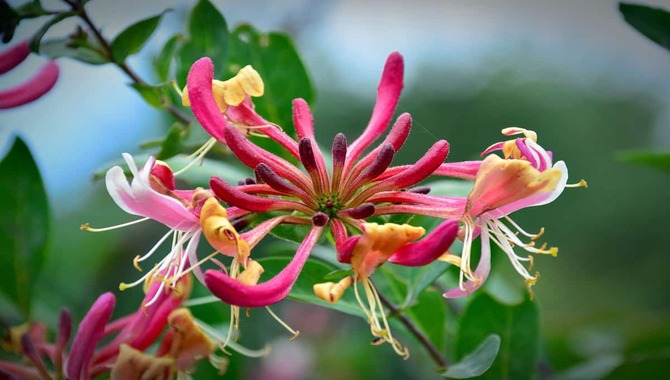
Honeysuckle is a beautiful climber that you can find in many parts of the world. It’s usually grown as an ornamental plant, but you can also use it to create fragrant garden shrubs. The benefits of transplanting Honeysuckle are manifold. Firstly, it will add new life and beauty to your garden – especially if you have an empty spot that needs filling.
Secondly, it will provide you with a fragrant addition that will help improve the air quality in your home or workplace. Thirdly, it will provide a source of pollen for bees, which is beneficial in pollination (the transfer of pollen from the stamen of flowers to the pistil). And lastly, it will provide security against animal pests like squirrels and birds.
Start doing some research if you’re considering transplanting Honeysuckle into your garden. There are wide varieties available on the market, so finding one that matches your specific needs will make the process much easier.
Conclusion
Honeysuckle is a flowering vine that grows primarily in the eastern and southeastern United States. The flowers use to make honey, which is then sold as a natural sweetener. To sum up, transplanting honeysuckle may seem intimidating at first, but with the right tools and techniques, it can be done successfully.
Remember to choose the right time of year, prepare the new location beforehand, and take care not to damage the roots during the transplant process. With patience and care, your honeysuckle can thrive in its new home and continue to bring its beautiful blooms and sweet fragrance to your garden.
Honeysuckle grows in open areas such as fields, forests, and abandoned buildings. Now that you better understand the advantages of Honeysuckle, it’s time to prepare for the transplanting process.
Frequently Asked Questions
[rank_math_rich_snippet id=”s-6c477209-4b0c-45b3-972f-bfd38579992e”]

I am passionate about home engineering. I specialize in designing, installing, and maintaining heating, ventilation, and air conditioning systems. My goal is to help people stay comfortable in their homes all year long.
